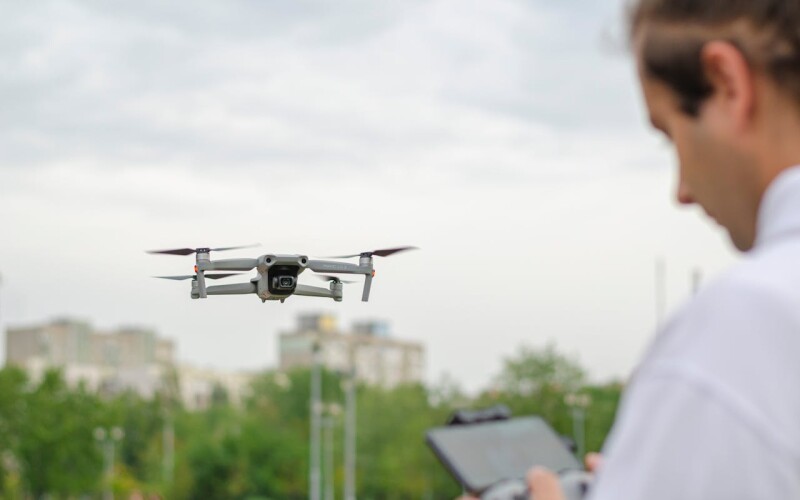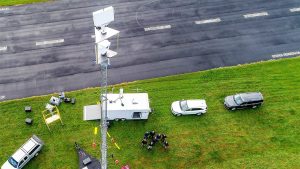UAV Traffic Management: Making Skyways Safer
With countless drones navigating the skies alongside helicopters and airplanes, managing this air traffic is not just a technical hurdle; it’s essential for public safety. Virginia Tech’s Mid-Atlantic Aviation Partnership (MAAP) recently launched the first uncrewed aircraft traffic management system in the United States. Supported by NASA and the FAA, this system aims to minimize drone collisions and provides real-time, scalable coordination for both industry and government. This initiative is crucial for the safety of drone operations, from package delivery to industrial inspections.
Why UTM Matters
The surge in Beyond Visual Line of Sight (BVLOS) operations has expanded drone uses, making effective UTM essential. The ultimate goal is a future where drones and piloted aircraft coexist safely, even over urban areas.

The projected global drone market is expected to reach $54.6 billion by 2025, propelled by AI-driven autonomy and scalable UTM solutions.
Drone-Helicopter Partnerships: A New Era in Energy & Utilities
The NHV and Flylogix Collaboration
A pioneering development in commercial drone applications is the collaboration between NHV, a leading helicopter operator, and Flylogix, long-range drone service specialists. This alliance creates a comprehensive solution for monitoring UK offshore energy and utilities.
Unique Aspects
- NHV helicopters transport crews and equipment, while Flylogix drones monitor methane emissions and platform integrity, all from a central hub.
- Drones launch instantly for routine tasks, while helicopters handle complex missions, enhancing efficiency and safety.
- This approach enables frequent methane monitoring, helping companies like Shell meet environmental regulations.
This collaboration is setting new standards for mixed aircraft operations, driven by intelligent collaboration where drones and manned aircraft work seamlessly together.
Case Study: North Sea Operations
When a methane leak is detected on a remote platform, drones can provide round-the-clock monitoring, while helicopters stand by for emergencies, resulting in quicker response times, reduced costs, improved safety, and a lower environmental impact.
NHV’s Chief Commercial Officer, Jamie John, highlights how this partnership offers a comprehensive solution for the energy sector, integrating traditional crew transport with advanced drone technology.
Battery Innovations: The Future with Solid-State Technology
The Importance of Batteries
The performance of drones—how long they can fly, what they can carry—relies heavily on their batteries. While Lithium Polymer (LiPo) batteries are popular for their energy density, they come with drawbacks like limited flight times and long charging periods.
Solid-State Batteries
Solid-state batteries promise to transform drone capabilities much like they are doing for electric vehicles by offering greater energy density, lighter weight, and improved safety. This technology is set to dramatically extend flight times and broaden operational capabilities for drones.
Industry Impact and Market Trends
Various industries—from energy to logistics—are leveraging these innovations to improve operations, enhance safety, and reduce environmental impact. UTM systems, collaborative drone-helicopter operations, and next-gen batteries are making drones more accessible and valuable across sectors.
With the commercial drone market growing annually, there’s an abundance of opportunities for careers in piloting, engineering, or data analysis. For those looking to start, focus on industries at the forefront of UTM and battery tech adoption.
Expert Advice, Humor, and the Human Touch
As with any new tech, deploying these advancements will require managing logistics and training staff. Despite the technical challenges, the integration of drones into various industries is reducing emissions, increasing safety, and illustrating the potential of airborne technology collaborations.
In essence, the commercial drone industry continues to innovate and evolve, with numerous opportunities for growth and new market entries.













